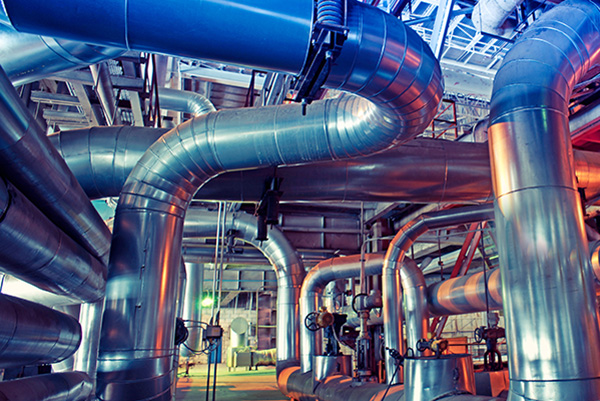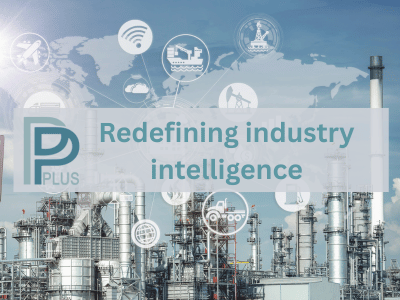Technology Type
- Type
- Coal-Fired Power Stations
- Process
- Fuel-Fired Power Stations
-

- #TT137
Description
Your insights will be shown here
Image
| Technology | Owner | Entity |
|---|---|---|
| Technology | Technology Entity | |
| Technology | Technology Entity |
Content provided by
| Transaction | Name | Date |
|---|---|---|
| Modified by |
|
1/23/2025 10:41 AM |
| Added | 1/21/2025 1:11 PM |











